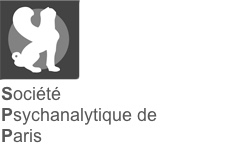|
Résumé :
|
This article outlines the thinking of the English psychoanalyst and painter Marion Milner (1900–1998) and examines the issues of creativity and art, showing how her theory was influenced by the artistic and psychoanalytic milieu in which she was immersed. Milner, as a result of personal research on the inability to paint, came to believe that the creative artistic process, intended as the creation of new symbols that attribute a personal and subjective meaning to the newly created reality, occurs during moments of “primary madness” (of illusion of unity, of pre-logical fusion between subject and object), making it possible to have a relationship of reciprocity between internal and external reality. In such a process, the aesthetic experience of the artist at work plays a key role. Using Milner’s ideas about the creative process as a base, the author investigates the links between psychoanalysis and the unconscious processes in symbol formation and artistic creation, showing that Milner’s work is still relevant to psychoanalysis today.
|





